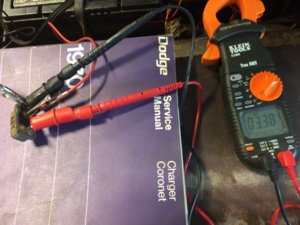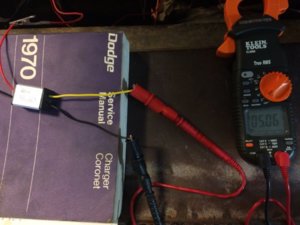A Buck converter is a FET switch in series with an inductor. There is some sort of feedback loop from the (5V) output to the FET switch to pulse width the voltage into the inductor. A capacitor on the output of the inductor changes the current into voltage. The BiMetal switch in the original dash voltage regulator pulsed DC at a rate such that 5V (average) was across the condenser (capacitor). Enough of the lesson and on to thinking out loud.
I'm stumped on why this DC DC Buck does not function? It is a 3A rating, and I do not believe the cluster requires 3A. Has anyone placed this on the bench with a 15 ohm load (800mA) and then applied 12V to the input to see what the output voltage measures? Then use a 8 ohm load (1.5A) and repeat.
Back in the 1990s I made my own 5V dash regulator. I removed the case of the original regulator and gutted. Bought a LM7805 at Radio Shack and two 10uF, 25V capacitors. Drilled a hole in the case of the old regulator and mounted the LM7805 with a banjo washer with a solder lug. Soldered the capacitors from input to GND and output to GND. Wired back the input and outputs to the regulator pins, and the gauges functioned flawlessly.
Having said all this, the Buck converter in the amazon link should also perform well. You have my curiosity peaked. Please let me know more details!


















